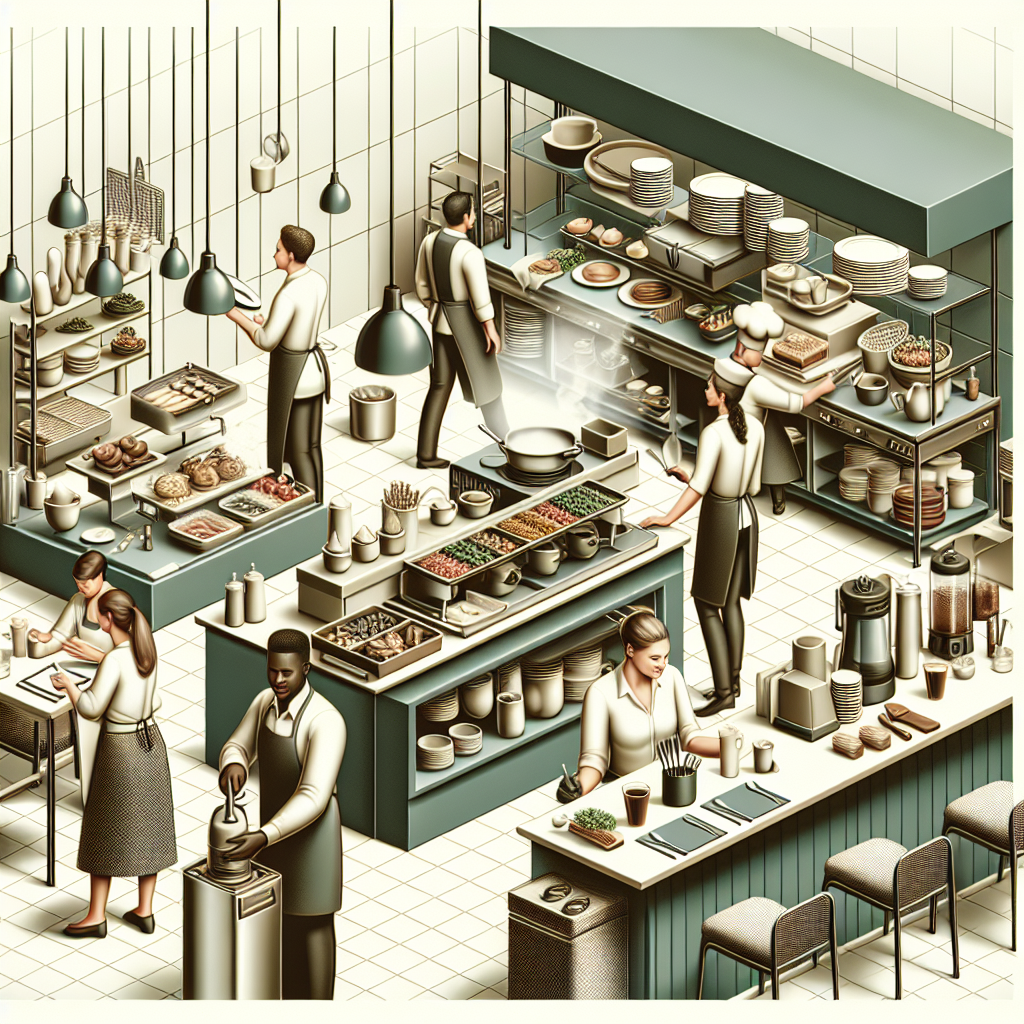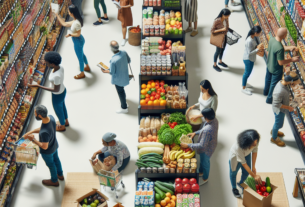The Future of Restaurants: How Technology is Changing Foodservice
The restaurant industry is undergoing a significant transformation due to the rapid advancements in technology. From online ordering to contactless payments, technology is shaping the way restaurants operate and interact with customers. In this report, we will explore the current state of the foodservice industry and the trends, challenges, and innovations that are shaping its future.
The State of the Foodservice Industry in 2025
According to a recent report by CulinaryCoverage.com, the foodservice industry is projected to reach a market value of $4.2 trillion by 2025. This growth is driven by various factors, including changing consumer preferences, technological advancements, and evolving dining habits.
Market Trends
One of the key trends shaping the foodservice industry is the rise of online ordering and delivery services. With the increasing popularity of food delivery apps like UberEats and DoorDash, more restaurants are now offering delivery options to meet consumer demand for convenience.
Another trend is the shift towards healthier and sustainable food options. Consumers are becoming more conscious of their dietary choices and are seeking out restaurants that offer organic, locally sourced, and plant-based menu items.
Challenges Facing the Industry
Despite the growth opportunities in the foodservice industry, there are several challenges that restaurants must address. One major challenge is the rising costs of labor and food ingredients, which can put pressure on profit margins.
Another challenge is the increasing competition in the market, with new restaurants opening up and existing ones vying for customers’ attention. Restaurants must find ways to differentiate themselves and attract and retain customers in this competitive landscape.
Innovations in Foodservice
To stay ahead of the competition and meet the changing demands of consumers, many restaurants are turning to technology for innovative solutions. One such innovation is the use of artificial intelligence (AI) and data analytics to personalize the customer experience.
For example, some restaurants are using AI-powered chatbots to interact with customers and provide personalized recommendations based on their preferences. This not only enhances the customer experience but also helps restaurants gather valuable data to improve their menu offerings and marketing strategies.
The Impact of Technology on Foodservice
Technology is revolutionizing the way restaurants operate and interact with customers. From streamlining operations to enhancing the customer experience, technology has the potential to transform the foodservice industry in significant ways.
Online Ordering and Delivery
One of the most significant impacts of technology on the foodservice industry is the rise of online ordering and delivery services. With the proliferation of food delivery apps and online platforms, customers can now order food from their favorite restaurants with just a few clicks on their smartphones.
This has created new opportunities for restaurants to reach a wider audience and increase their revenue. However, it has also posed challenges in terms of managing delivery logistics, ensuring food quality, and maintaining customer satisfaction.
Contactless Payments
Another technology trend that is changing the foodservice industry is the adoption of contactless payment methods. With the increasing focus on hygiene and safety in the wake of the COVID-19 pandemic, many restaurants are now offering contactless payment options to minimize physical contact between customers and staff.
Contactless payments not only provide a more convenient and secure payment experience for customers but also help restaurants improve efficiency and reduce transaction times. This trend is expected to continue as more consumers embrace digital payment methods.
Future Outlook and Opportunities
Looking ahead, the future of the foodservice industry is filled with opportunities for growth and innovation. By embracing technology and adapting to changing consumer preferences, restaurants can position themselves for success in the years to come.
Personalized Marketing
One area of opportunity for restaurants is personalized marketing. By leveraging customer data and analytics, restaurants can create targeted marketing campaigns that resonate with their target audience. This can help restaurants attract new customers, retain existing ones, and increase overall sales.
For example, a restaurant could use data analytics to identify customer preferences and send personalized promotions and offers to encourage repeat visits. This not only enhances the customer experience but also drives revenue growth for the restaurant.
Virtual Restaurants
Another emerging trend in the foodservice industry is the concept of virtual restaurants. These are delivery-only restaurants that operate without a physical dining space, catering exclusively to online orders and delivery services.
Virtual restaurants offer a cost-effective way for entrepreneurs to enter the foodservice industry without the overhead costs associated with a traditional brick-and-mortar restaurant. By focusing on delivery and takeout orders, virtual restaurants can reach a broader audience and adapt quickly to changing consumer trends.
Conclusion
In conclusion, technology is playing a significant role in shaping the future of the foodservice industry. From online ordering to contactless payments, restaurants are embracing innovative solutions to meet the changing demands of consumers and stay competitive in a crowded market.
By leveraging technology and staying ahead of industry trends, restaurants can position themselves for success and capitalize on the opportunities for growth and innovation in the years to come. The future of restaurants is bright, with technology leading the way towards a more connected, convenient, and personalized dining experience for customers.



